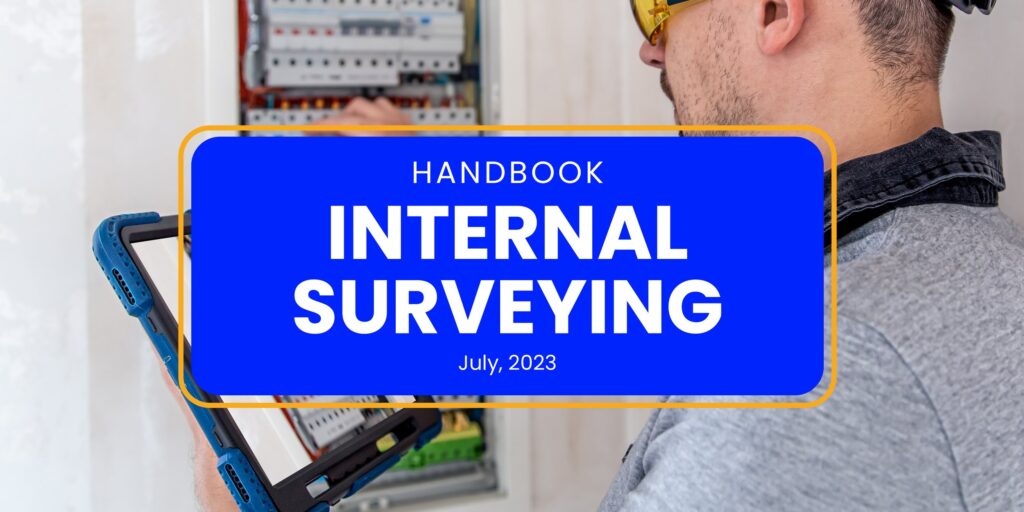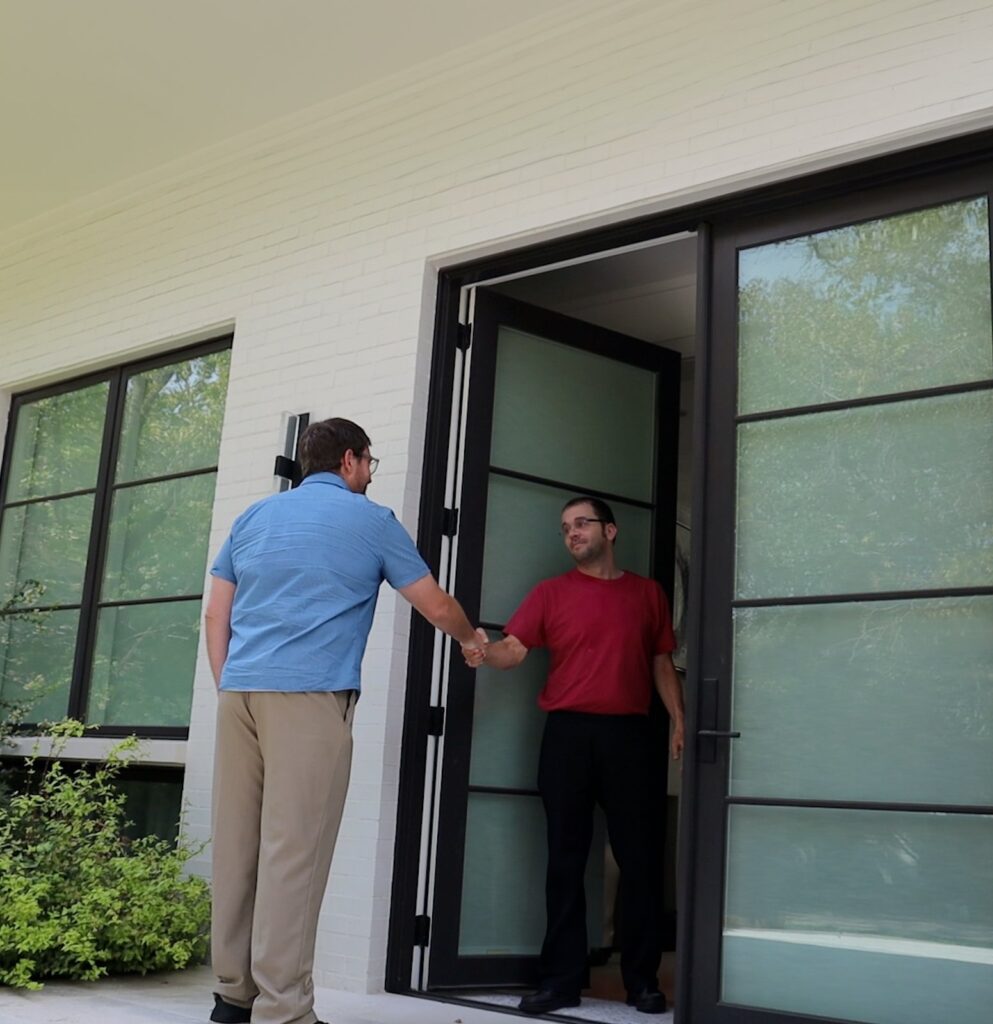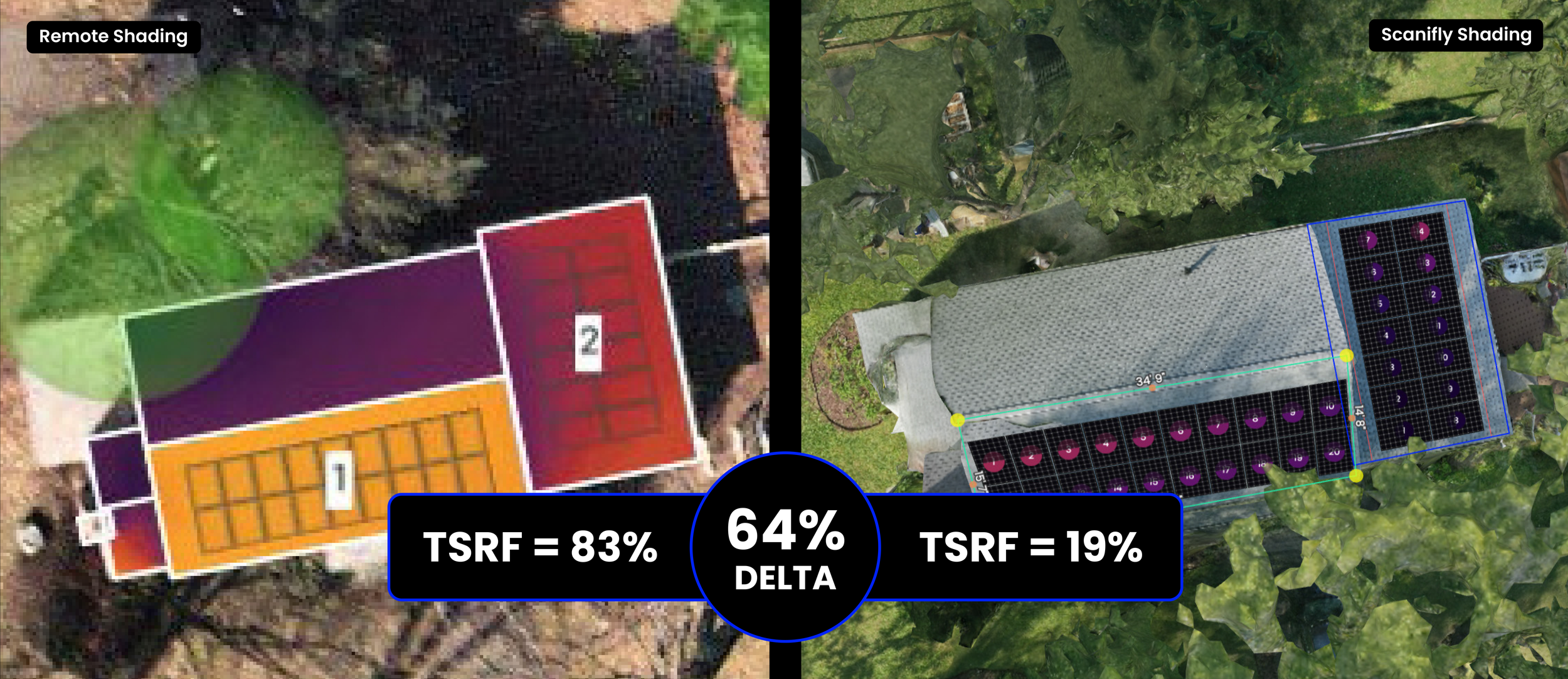Leasing a solar array makes it much more affordable for homeowners (i.e. no capital outlay).
However, friction exists between Contractors and lease financing providers (also called Third Party Owners—TPO) because of subjective, and often inaccurate, initial plans.
One of the biggest risks is re-rejections.
A change order happens when there is an inaccurate shade report initially submitted, and something is missed by the reviewer during one milestone process. Then a different reviewer (or even the same person) calls it out when going over the shade report for the next milestone. This can also occur in the same milestone review process. Any permutation of inconsistent reviews will result in a change order if production falls outside of a certain tolerance, as specified by the contractor.
This doesn’t need to happen anymore; new technology and integrations eliminate subjectivity and empower a seamless, quick review process with no re-rejections.
Understanding re-rejections
Change orders and the underlying friction between the finance company and contractor are a result of subjective shade analysis on subjective data. This ultimately leads to an installer getting paid less than what it originally thought at the point of sale.
Why do change orders happen?
The most common reasons for TPO rejections and re-rejections are:

- Incorrect or missing shade analysis: Best-guess (or missing) estimates on tree heights, vegetation growth rates, or ignoring roof features like dormers and gables
- Inaccurate production estimates: Blurry satellite measurements leading to fitment problems that result in lower production
- Missing details on hardware or other internal data: Pre-install issues like necessary roof upgrades or post-install issues like workmanship problems
- Inconsistent or incomplete site data: Missing any information contained on best practice solar checklists
It’s easy to blame this frustrating experience on humans, but it’s actually a process problem—data collection methods force subjectivity, so disagreements are almost unavoidable.
What are Contractor strategies to avoid re-rejections?
Contractors often rely on remote imagery because it’s cheap and quick—but that’s where subjectivity and inaccuracy creeps in.
To avoid this problem, Contractors have multiple low-cost options:
1. Have the Sales Rep capture some internal survey data with a mobile app: This doesn’t require technical knowledge up front—it’s about documenting all relevant roof structural and electrical panel information for Designers.
2. Fly a drone during the sales or site survey process: Collect objective, fully accurate measurements of the property’s x, y, and z axes to inform panel placement, setbacks, and shade analysis.
3. Create initial and trued-up designs in the same platform: Keep all data in a single platform (e.g. drone images, mobile apps, and full survey information) to avoid human error in the Design process.
How Scanifly and SunRaise Capital make solar leasing easy

A new integration between Scanifly’s solar design platform and SunRaise Capital’s financing platform makes lease approvals easier than ever—with no subjective change orders.
Objective data: SunRaise is specific with what measurements it looks for, meaning no confusion on what to include in a submission. Scanifly’s drone and mobile app-based platform is equally accurate to a complete manual survey, making it easy to collect necessary data.
Homeowner-first: SunRaise reviews utility bills to ensure that the proposed solar array makes sense for the homeowner’s usage.
Empowering flexibility: Contractors without in-house capacity can hire a third-party drone pilot to collect data that will be automatically sent from Scanifly to SunRaise via integration.
Fast SLAs: SunRaise has an on-shore team of reviewers with extensive solar experience. Further, every application has a reviewer, minimizing the risk of a second person having a different opinion.
Building stronger relationships with contractors and lease finance providers

Quality-focused Contractors want to do right by their customer—but they also have a business to run.
In the past, misaligned incentives between Contractors and TPOs made the process difficult. That’s no longer the case as Scanifly’s technology integrated with SunRaise’s platform makes it easy to deliver perfect accuracy from the start.
Contractors leveraging new technology and integrations means one simple thing: a smoother, quicker approval process so they can install the array, receive their payment, and continue delivering for customers.






